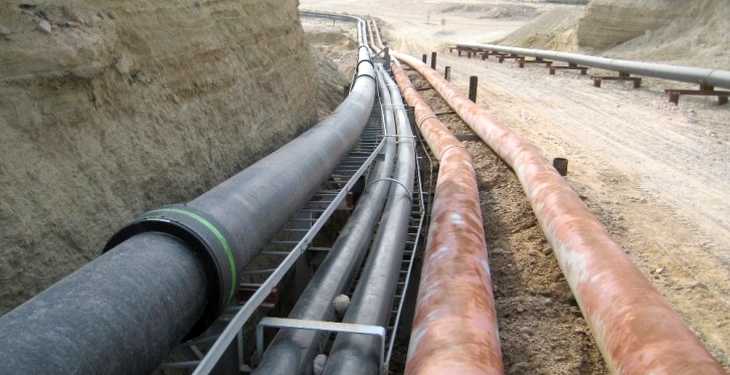Transgaz has completed the pulling up of the back-up pipeline under the Danube of the gas interconnector between Bulgaria and Romania, the first such pipeline that will become operational in the region. The interconnector has been financed with European funds worth 23 million euro and is part of the BRUA Corridor (Bulgaria-Romania-Hungary-Austria).
The works on the back-up pipeline, in length of 2.100 meters, have been performed under the implementing agreement signed with Inspet SA Lider and SC Habau PPS Asociat. Transgaz said in a statement that while the deadline for completion of works is December 31st, 2016 “due to the use of advanced technology and by choosing successful technical solutions and the involvement of specialized personnel, the works, the pressure tests, the coupling of the pipeline, including its commissioning, will be completed by the end of November 2016, about a month earlier than planned. ”
The Romania-Bulgaria gas pipeline will become operational on November 11st, said the Bulgarian Prime Minister Boyko Borisov, during a meeting with his Serbian counterpart Aleksandar Vucic, according to the Bulgarian news agency Novinite.
The main pipe has already been completed, tested, handed over, and put into operation, which creates the technical conditions to ensure the export of natural gas from Romania to Bulgaria. The adjustment measuring stations (SRMs) in both the Romanian and Bulgarian side, were built and handed over, so that after the signing of Interconnection Agreement and the approval of the methodology for the reserving capacity, import and export activities will be able to be performed.
Bulgargaz EAD, Transenergo and WIIE Romania are the first winners of the transit tenders towards Bulgaria, organized in early September.
The BRUA project is developed in the context of the need to diversify the sources of natural gas supply for the European countries, increasing the security of supply of natural gas to Romania through access to new sources, the transport to the Central European markets, of the natural gas reserves from the Caspian region, thus ensuring on the direction of Bulgaria, of a transmission capacity with a two-way flow of 1.5 billion cubic meters per year and the development of a transmission capacity on the direction of Hungary of 1.75 bln. cubic meters / year in phase I and 4.4 bn. m³ / year in phase II.
